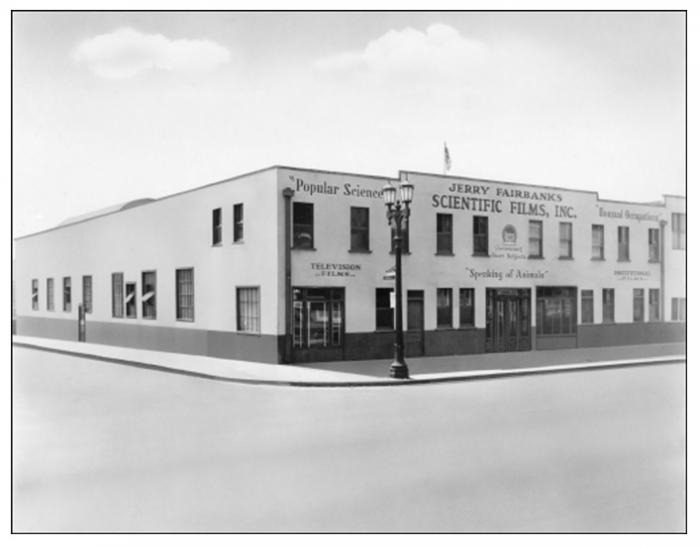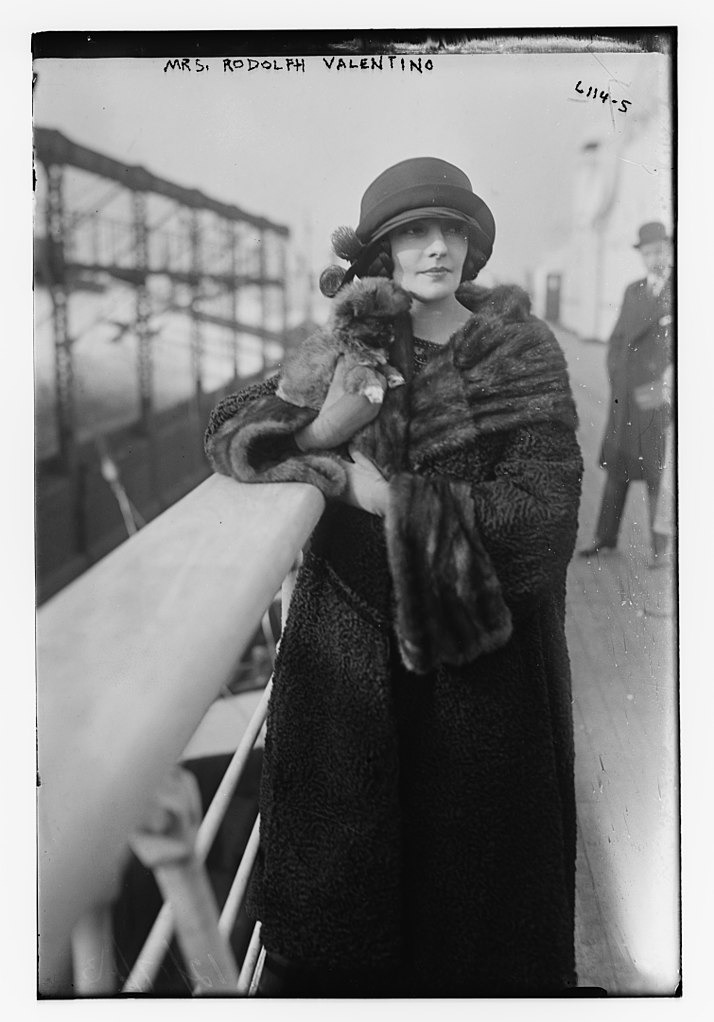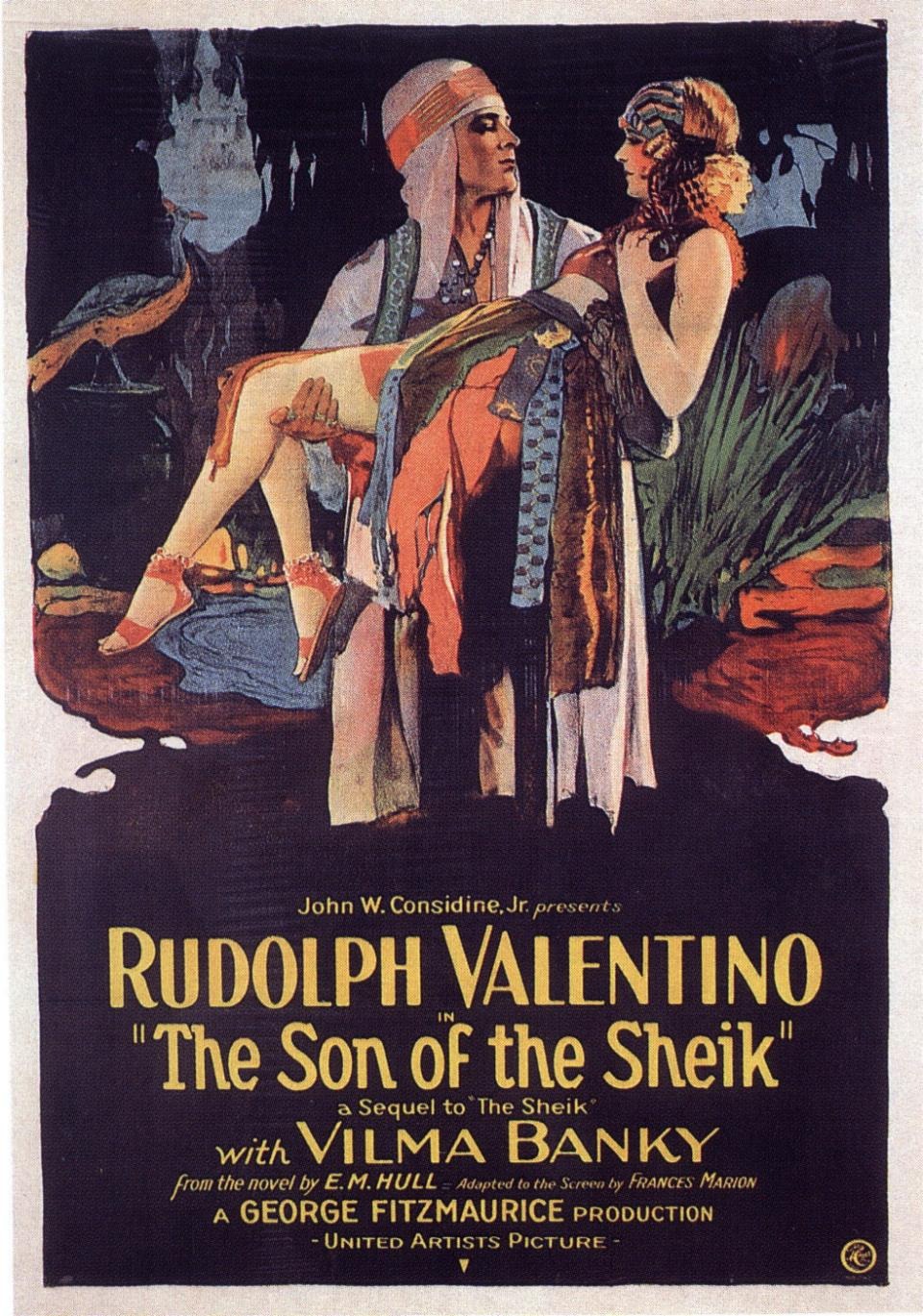Job Hunting in Hollywood
All is Not What It Screens BY LOUISE GALLAGHER
NOT all people are what they screen and if you expect to find your favorite motion picture star a beauty when you meet her in person you are liable to get a good hard jolt.
The Colonel’s lady and Miss O’Grady may be the same under the skin but under the Kleig lights there is little resemblance. Movie makeup covers many a bad complexion, and the skillfulllighting of expert cameramen give the high priced star a reputation as a beauty that is undeserved. The contour of the face can be changed quite a little by artfully applying certain coloring and flooding the face directly with light will accentuate certain features and shade others.
So far I have not seen but one film actress who was as pretty off screen as on. Agnes Ayres is really much more beautiful than she screens for her unusual coloring is , not a photographic asset. Madge Bellamy is not even pretty off screen and so it is with many others. The eyrie loveliness of many of the blond beauties of the picture world is due to being photographed through gauze. Brunetts cannot stand photography of this kind as they register more decided and if gauze were used it would blur their features.
A tilting of the camera can take off or add on an inch or two to your height.
Ramon Navaro is therefore able to appear nearly two inches taller than he really is. If this trick of photography was not used in his case, he would be much too short to play many of the roles he is winning fame in. Your eyes are the one feature of your face that little can be done with. They are very apt to register as it. Artificial eyelashes are sometimes used where the lashes are very thin, to make a more beautiful frame and lines at the side and shading over and under the eyes will aid in giving a desired expression. If you want your eyes to go slate color as affected by Gloria Swanson and May McA voy-a light blue green paint is applied to the eyelid. If you wish your eyes very dark, then dark brown must be the color used on the lids. Nearly all the screen beauties have lovely eyes.
Mouths and Mouths.
I wager that is not a celluloid mouth that would be recognizable off screen. You can just about have any kind you prefer which accounts for the perfect rosebuds credited to film ladies.
The Mae Murray mouth, which was so in vogue when I came to Hollywood, seems to be fast losing favor and the advanced Fall styles run slightly larger, with a tendency to give character and moral support to some of the films scheduled for immediate production. The color scheme is also being changed. No longer are you going to have to shudder at the black, puddy-Iooking lips of the fair heroine. There is now a new color, known as rouge-in-carnate, that makes the lips go gray and not detract from the eyes as did the too dark mouth. In future, the vamp will possibly be the only screen role that calls for dark red paint on the mouth. Nita Naldi was a terrible disappointment to me off screen and, as she was the first vamp I saw in person, left me prejudiced against them as a whole.
You remember I wrote you about the lovely blonde from Atlanta who objected to being extraed around on the street? Well she left pictures cold after seeing herself twice on the screen. The lighting that is given to extra part players killed her. She was really a beauty but a delicate blond type that should have had special lighting.
So it is with many other beautiful girls. The Kleigs take away all their rightful claim to good looks and so no beginner is of sufficient importance to have the cameramen study their good angles, they either give up in disgust when they see themselves on the screen or go on doing extra work with litle hope of every achieving anything higher.
Mary Pickford is the one person on the screen who is beautiful in any light. You would not be disappointed in Mary if you met her at noon on the boulevard under the brightest California sun.
You might think, since the lighting plays such an important part in the life of a film aspirant, that it would be well for seekers after screen fame to court the favor of the head electrician and cameraman. Little good it would do you, for the director and his assistant are right on the job, and if either of them too pointedly tried to being into prominence any minor member of the cast, it would quickly be detected and possibly mean losing their job.
I had an interesting small part in a picture about a month ago where I was given a close up several times with the lead, a woman more than twice my age who was playing the role of an 18-year-old flapper. The assistant director warned me that I had better see myself in the rushes if I wanted to know how I got my part over. I asked him why he suggested this, because it is always much more satisfactory to see the first preview after the picture has all been cut and edited. “I am afraid if you wait for that, you will not even get a peep at yourself. I know our sweet star, and if you show her up on age, in spite of everything we did to make her look young and fragile, she will raise a howl and have your part all cut.”
Love’s Labor Lost.
That was exactly what happened, I worked over two weeks on the picture and never appeared in the completed film. The only thing I got out of it, besides my salary of $10 a day (with all my clothes furnished) was the experience of working with a director who is one of the real artists of the screen. I know that I take directions quickly and well, but in many of the finer technical points I still have much to learn.
This week I have been working with Constance Talmadge. Constance is what all the motion picture people call a regular person, and all of the girls enjoy working on her sets. She has a most engaging smile, is considerate of others in her company, and is altogether one of the best liked of the screen celebrities, I was doomed in her picture, though, to work mostly in the background, for I am too small to appear very near Miss Talmadge, who is rather tall. The small part players appearing near a star are usually selected about her own size, unless for some reason they wish to draw a comparison of sizes.’ We went to a small town about 20 miles from Los Angeles for several days to get the right location for a railway station scene and a girls’ school. It is a most difficult thing to film a scene at any of stations in Los Angeles for there are too many people constantly passing that get in the way, and then, too, the crowds that gather around to form an audience makes it more difficult to work. At this small station very few people were around and the scenes were shot rapidly.
We were students at a smart school for young ladies, with Connie as the ringleader, and she made a most encouraging one. We had two scenes getting on and off the train-a real train it was too-that stopped at this town to let the passengers have lunch at the Harvey House, provided by the railroad in lieu of a dining car. The stop was a 40-minute one, so we had plenty of time to get our scenes over . We then stood around on the platform waiting for the passengers to reenter the train, as were were to have one shot with them.
There were no seats available and we had been working pretty hard all morning, and also it was lunch time and we could not stop to eat for another half hour. Connie asked the conductor if we might sit in the train during the intermission, as it would be much more comfortable. He was ever so polite to her and assured her he would be happy to have her do so, but not the other members of the company. “Then I stay off too,” Connie said, “no courtesies accepted that do not include all of us.”
 Add Row
Add Row  Add
Add 



